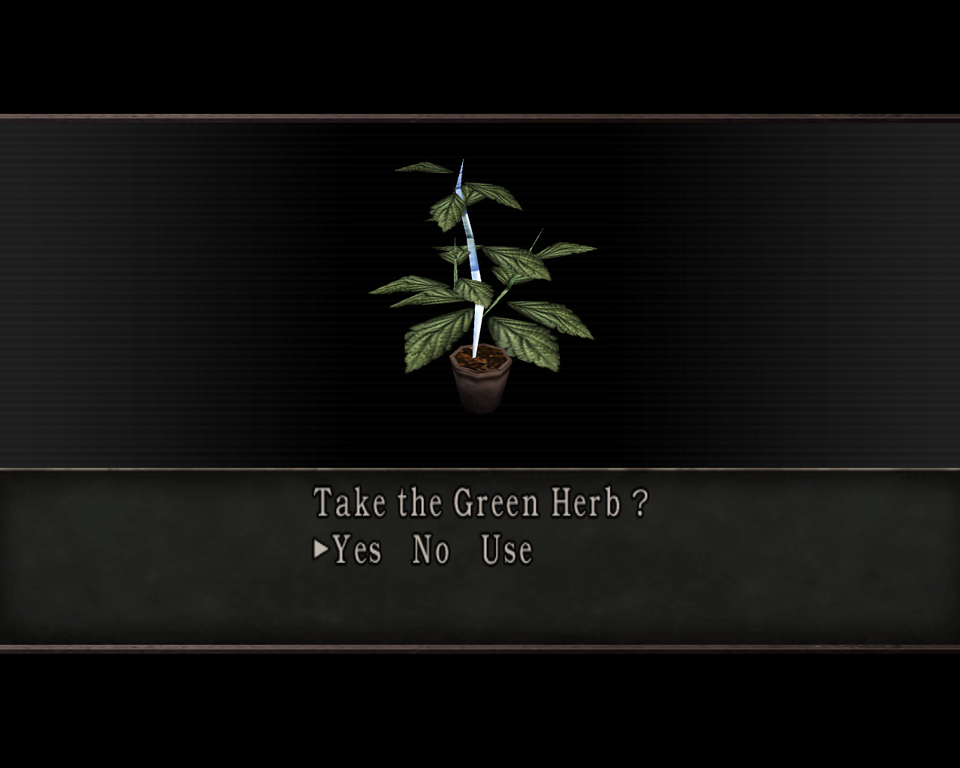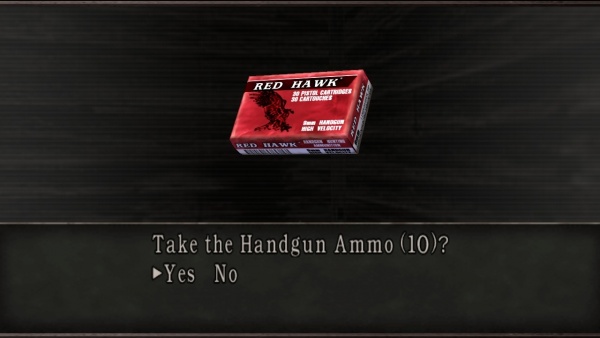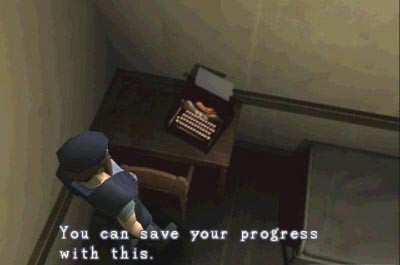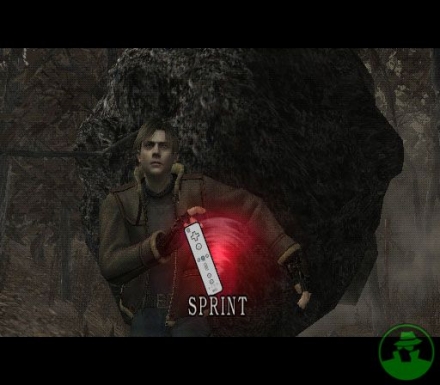
Dying in Resident Evil. We all know how it feels. And we all know how the whole act of dying actually lends itself greatly to the classic franchise’s sense of horror. As soon as you see that Game Over screen you acknowledge all the things that you should have done in order to prevent such a result. But what are the components that can greatly affect such a fatal outcome?
Get those herbs!

Even if they take up space in what is sometimes an already crammed inventory, herbs are a vital part of the player’s desired survival in the classic Resident Evil games. Even the newer games in the franchise, despite straying away from their horror roots, still pay homage to this whole concept of using herbs to replinish one’s health.
One of the most obvious roads to death may stem from the fact that you are ill-equipped in terms of these herbs or even the first-aid sprays scattered about the different locales. Dying in Resident Evil actually makes these healing items extremely important. They’re not just items to collect only to be stored in a chest for later use, most of the time it’s actually wise to always carry at least one herb with you at all times. Even if you’re already familiar with what dangers lie ahead, whether it’s a boss or a regular group of enemies.
And as any veteran of the franchise can tell you, herbs and first aid sprays are as important to surviving as weapons and their respective source of ammunition are. And speaking of which…
Stock up on ammo!

This one is as obvious as collecting herbs. Dying can sometimes be due to not having enough ammo or even worse, running out at the most inconvenient time. Imagine yourself surrounded by zombies and you think you have enough ammo to take them all out, only to realize soon after that…you just ran out of bullets. And there goes your chances at surviving!
You can have the most powerful guns in the game but if you don’t have the ammo to go with them then you’re pretty much just begging to be killed by whatever enemy may be lurking around the next corner. In the more recent titles this whole notion of conserving ammo has been almost wiped out due to in-game shops and the appearance of many breakable objects which all hold ammo/health or even money to buy those supplies. This wasn’t the case back when Resident Evil first came in the scene though. Recent fans of the franchise have it easy today. Hopefully Revelation brings back that sense of having to hold on to every bit ammo you find.
There goes all my progress!

The above statement is definitely something fans of the franchise have found themselves proclaiming at least once. We all know how important the type writers and ink ribbons are to the overall aspect of surviving in the classic Resident Evil titles. So much so that if one decided to ignore any ink ribbons they come across and just speed past type writers they may just find themselves feeling extremely stupid for doing so.
Unlike the more recent entries in the franchise, the classic titles didn’t rely on any checkpoint system, instead Capcom implemented the very appropriate system of using type writers to save your progress. This feature was again seen in Resident Evil 4 but it was much more drastic in the older titles. And to go along with these type writers were the needed ink ribbons.
Scattered about the game’s environments are a suitable amount of ink ribbons to save one’s progress and while some of the games ended up grading you based on the amount of times you saved, this act proves to be quite an important one. Even if you’ve beaten the game to death there’s still a chance that an enemy will come when you least expect it to deal a killing blow. And then…all your progress is lost.
And honestly, there’s nothing scarier than having to go through a whole entire section you’ve already went through. It adds immensely to the series’ overall sense of horror and in doing so should entice players to save their progress often.
Quick, press that button! Quick, shake the remote!

Resident Evil 4 brought a lot of new things to the table, one of those new things was the implementation of quick time events. Prior to Leon’s second adventure the closest thing to such a mechanics was Resident Evil 3’s “live decisions” where you had to quickly decide if you were to face Nemesis or escape. Resident Evil 4 took it a huge step further.
Scattered throughout Resident Evil 4 were many different scenarios where you had to either input button commands or shake the controller, depending on which version you played. Scenarios range from running away from boulders to actually destroying a boulder in Resident Evil 5. And both scenarios could in fact lead to failure if you’re not quick enough or if your reflexes weren’t up to par. And then you would have to, unfortunately, repeat that section. The most notable part in Resident Evil 4 where this was used perfectly was in the initial battle against Jack Krauser.
While these QTE’s lead to the game being more action oriented than its predecessors there’s no denying the fact that it actually provided tense moments where players had to react in a quick manner. Resident Evil 5 continued this newfound tradition with such events like the aforementioned “punch the boulder” scene. We also got a boss fight with Wesker that mirrored the one with Krauser in Resident EVil 4. It’ll be interesting to see if this mechanic makes a return in the upcoming Resident Evil: Revelations.
There’s no denying the fact that the older games in the franchise provided much more harder challenges than the entries we have today. All of the components mentioned above were crucial in leading to, or avoiding, death. One can’t help but hope that Revelations brings back this aspect in full effect, due to it actually having served to complement the classic series’ overall sense of survival-horror.




